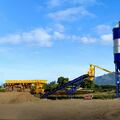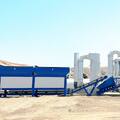A stationary asphalt mixing plant is essential for producing high-quality asphalt used in road construction and maintenance. Understanding the critical components of these plants can help potential customers make informed decisions. This article delves into the main parts of a stationary asphalt plant, highlighting their functions and importance.
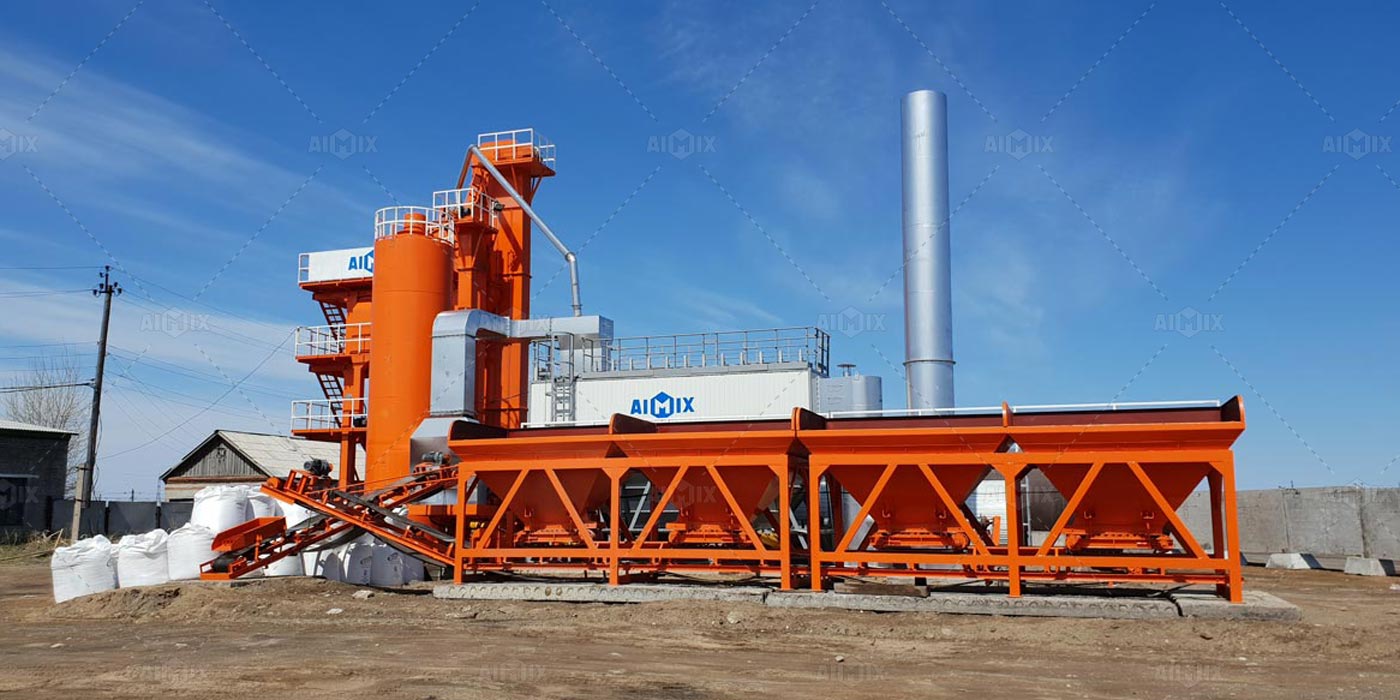
1. Cold Aggregate Supply System
The cold aggregate supply system is the starting point of the asphalt production process. This system consists of multiple bins, each holding different sizes and types of aggregates. Properly graded aggregates are crucial for creating a consistent asphalt mix. Each bin has a feeder, ensuring a steady and controlled flow of materials into the dryer drum.
2. Dryer Drum
The dryer drum is where the aggregates are dried and heated. It uses a burner to reach the required temperature, evaporating any moisture. A well-functioning dryer drum ensures the aggregates are adequately prepared for mixing, enhancing the overall quality of the asphalt. The dryer drum’s efficiency directly impacts fuel consumption and production costs.
3. Dust Collection System
An effective dust collection system is vital for both environmental and operational reasons. It captures dust and fine particles generated during the drying process, preventing them from escaping into the atmosphere. This system typically includes a primary dust collector (cyclone) and a secondary dust collector (baghouse). Maintaining a clean environment and adhering to regulations are essential benefits of a robust dust collection system.
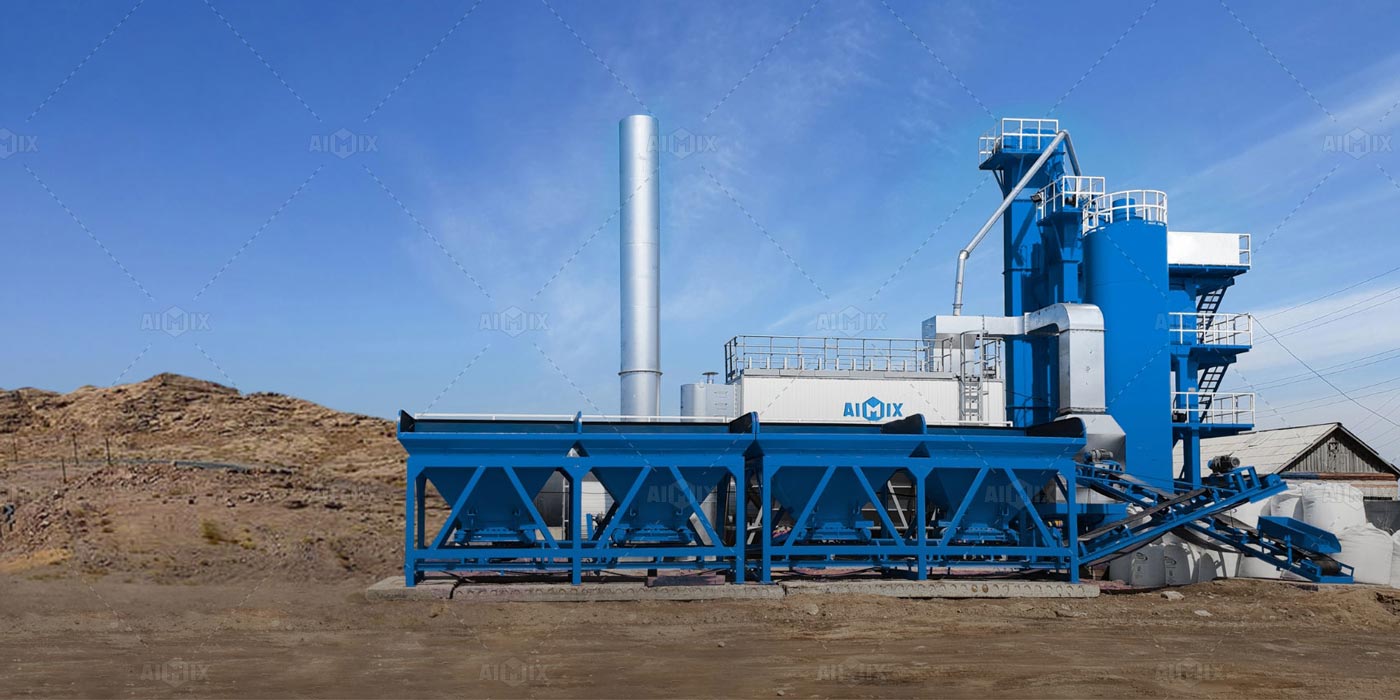
4. Hot Aggregate Elevator
Once dried and heated, the aggregates are transported to the mixing tower via the hot aggregate elevator. This vertical lift mechanism ensures the continuous flow of materials, contributing to the stationary asphalt plant's efficiency. The elevator’s design and construction must withstand high temperatures and heavy loads to maintain smooth operations.
5. Screening System
In the screening system, the hot aggregates are sorted into different sizes. This step ensures that the final asphalt mix has the correct gradation. Accurate screening results in a superior asphalt product, meeting specific project requirements. The screens must be robust and precise to handle the rigors of continuous operation.
6. Weighing System
The weighing system is critical for achieving the desired asphalt mix proportions. It includes weigh hoppers for aggregates, bitumen, and filler materials. Accurate weighing ensures the mix consistency, vital for the durability and performance of the final asphalt product. A reliable weighing system minimizes material wastage and enhances production efficiency.
7. Mixing Tower
The mixing tower is where the final blending of materials occurs. It includes the pug mill mixer, which combines the heated aggregates, bitumen, and filler. The mixer’s design ensures thorough and uniform mixing, producing a high-quality asphalt mix. Consistent mixing is crucial for meeting stringent project specifications and achieving long-lasting pavement performance.

8. Bitumen Supply System
The bitumen supply system stores and heats the bitumen before it is introduced into the mixing tower. Properly heated bitumen ensures a consistent flow and mix quality. This system typically includes storage tanks, a heating system, and pumps. Efficient bitumen handling reduces energy consumption and enhances the overall efficiency of the asphalt plant.
9. Filler Supply System
The filler supply system stores and delivers fine materials, such as lime or cement, to the mixing tower. These materials enhance the asphalt mix’s properties, improving its stability and durability. Accurate filler dosing is essential for achieving the desired mix characteristics and performance.
10. Control System
The control system is the brain of the asphalt batch plants for sale. It monitors and regulates all aspects of the production process, ensuring seamless operations. Modern control systems are computerized, offering precise control over each component. Operators can monitor real-time data and make adjustments to optimize production efficiency and mix quality.
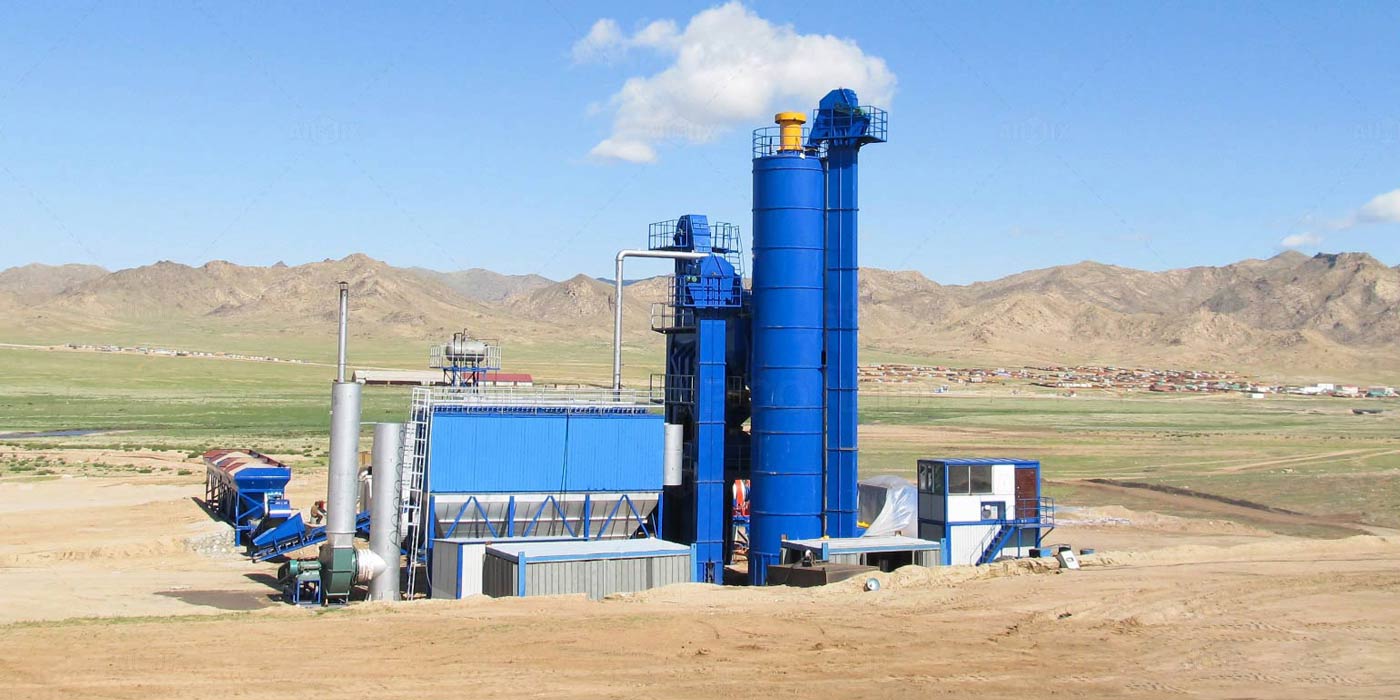
Conclusion
Understanding the key components of a stationary asphalt mixing plant helps potential customers appreciate its complexity and importance. Each part plays a vital role in producing high-quality asphalt, essential for durable and reliable road construction. By investing in a well-designed and efficient asphalt plant, customers can achieve better performance, cost savings, and compliance with environmental standards.
Whether you’re considering an asphalt batch plant, asphalt drum mix plant, or any other type, knowing these components will guide you in making an informed choice. High-quality asphalt production begins with understanding and valuing each part of the process. So, when choosing an asphalt batching plant, consider these critical components to ensure your investment meets your project's needs.


